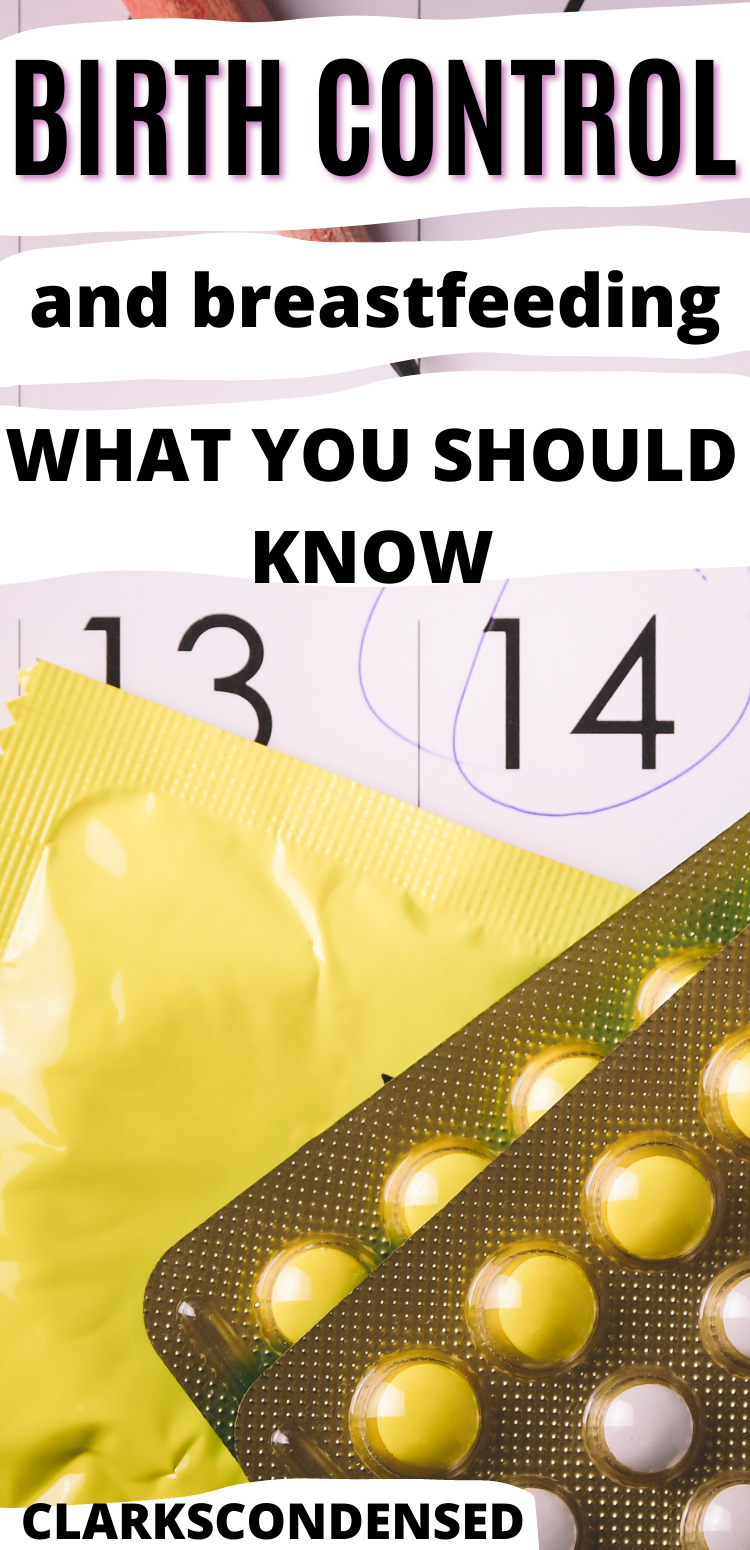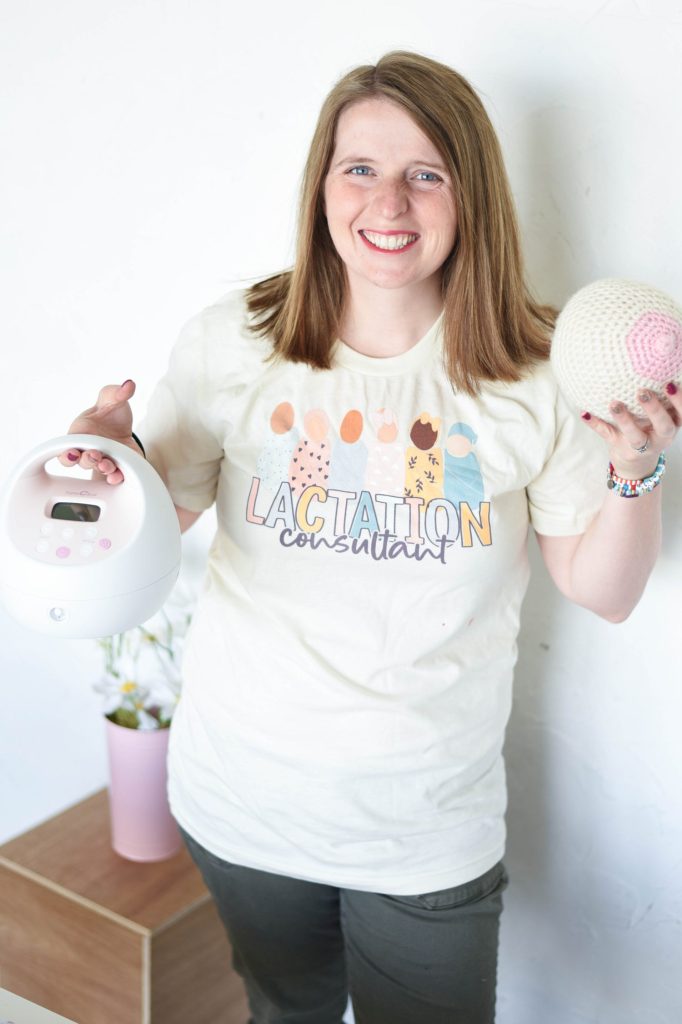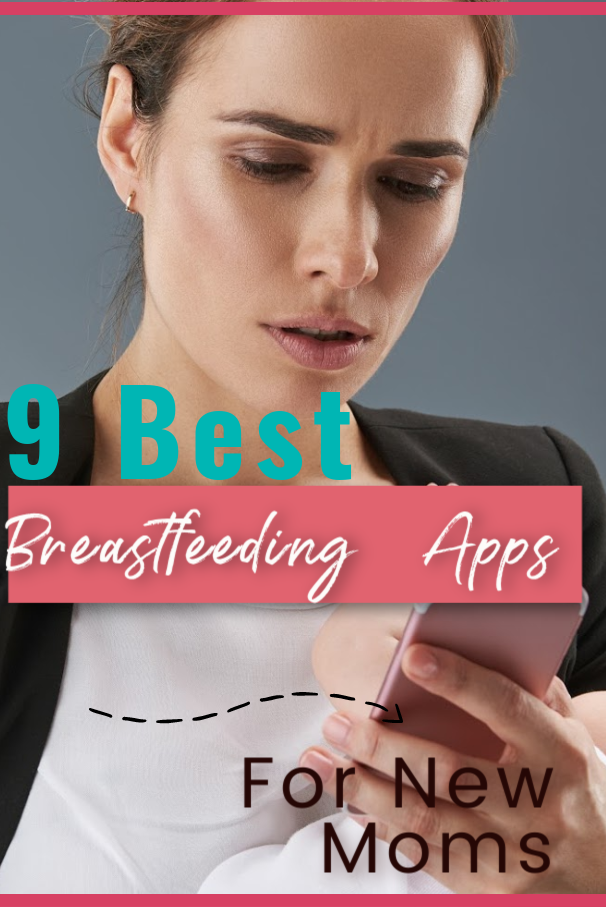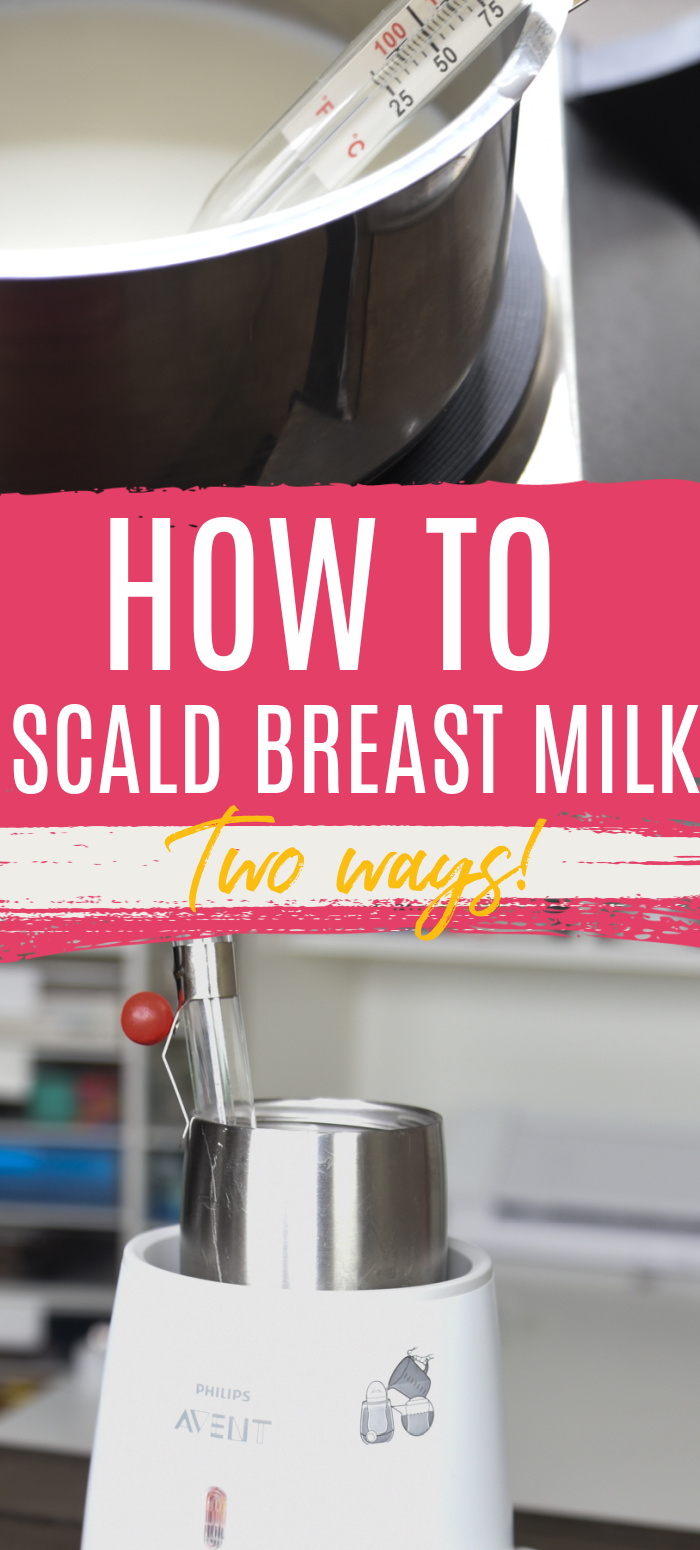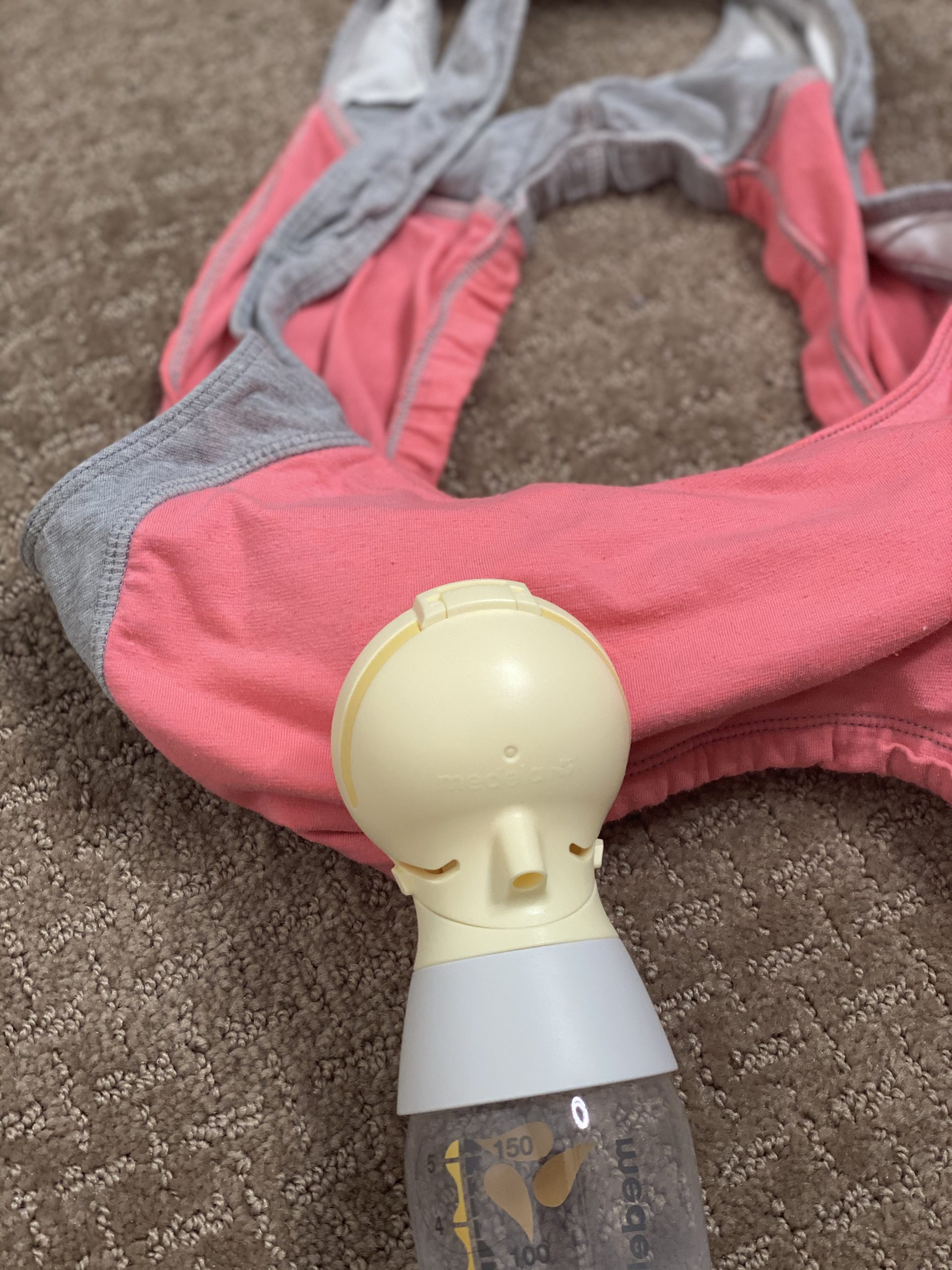Are you wondering what methods of birth control are the best while breastfeeding? In this post, we will discuss the different methods to help you decide what’s best for you!

One of the most common questions breastfeeding moms have is birth control safe while breastfeeding. We will answer all your birth control and breastfeeding questions as well as talk about safe birth control while breastfeeding methods.
As always, please consult with your trusted medical provider for more information and to make the best decision possible for your family.
If you are interested in learning more about breastfeeding, be sure to signup for our comprehensive breastfeeding class, “The Complete Online Breastfeeding Class“. We go over medications and breastfeeding in the “Troubleshooting Breastfeeding” section.
Table of contents
Is birth control safe while breastfeeding?
The major concern when it comes to breastfeeding and birth control is not necessarily if it will harm your baby – but if it will harm your breast milk supply.
Birth control can affect your milk supply, and in fact, it’s one of the biggest reasons I see behind a sudden drop in milk production.
There are many safe birth control options while breastfeeding. There are two types of birth control, hormonal and non-hormonal. There are several hormonal methods that will not hurt you or your baby as well as non-hormonal methods.
Is Breastfeeding Birth Control?

Many people say they don’t need to worry about birth control while breastfeeding…but there are many mothers with Irish Twins who might say otherwise 🙂
However, when you meet certain “requirements” the Lactational Amenorrhea Method (LAM) can be about 98% effective. To learn more about this method, click here for this article.
There are various tools out there these days that can help you more easily track your menstrual cycle and look for signs of it coming back. I recently started using the Mira Fertility Tracker, and I think it’s amazing. You use an ovulation test, insert it into the little machine, and it tells you exactly what your hormone levels are. It’s a great tool to use to get pregnant and avoid pregnancy.
You can get $25 off your testing kit with the code TBM25.
Safe birth control while breastfeeding options
With any hormonal birth control – even if it’s progesterone only – there is a potential for it impacting your supply. Avoiding any birth control that has estrogen is definitely important. However, progesterone only options are often compatible – you should start carefully and avoid anything that lasts for months at time, just in case there is an effect on milk supply.
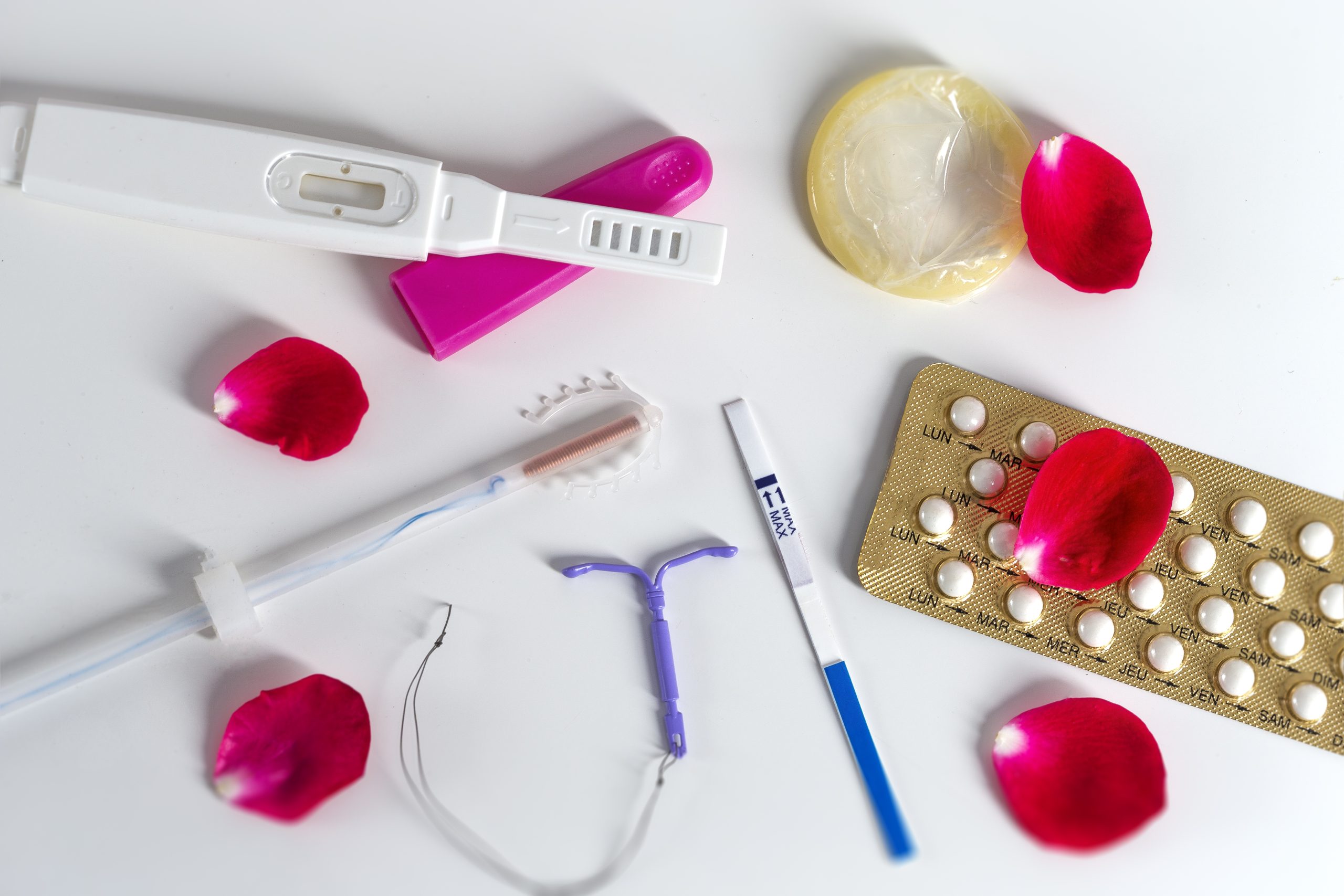
Intrauterine devices (IUD)
Lots of breastfeeding moms are opting for Intrauterine devices or an IUD. These are 99 percent effective making them a really great option to prevent pregnancy. There are two types of IUD, a hormonal and a non-hormonal method.
The hormonal IUD is the most common one to get while breastfeeding. A hormonal IUD contains progestin. This helps your body form synthetic progesterone that thickens your cervical mucus to block sperm from reaching your uterus. The most common hormonal IUD is a Mirena which offers 5 years of protection.
This shouldn’t cause a drop in supply – unfortunately, I have worked with quite a few women who did notice a significant drop in supply immediately after having the Mirena placed.
The only non-hormonal IUD is a Paraguard which uses copper to help prevent the sperm from fertilizing the egg. This option lasts up to 10 years. While it has no hormones, it can cause cramping and heavier periods.
With both these options, you can get them inserted fairly quickly after delivery by your doctor.
An IUD is a great option if you want to have more kids again because it can be removed at any time and you can immediately start trying to have a baby.
Click here for more information on IUDs.
Mini-pill
Another option of birth control while breastfeeding is called the mini-pill. The mini-pill is similar to a normal birth control pill in the fact that you take it every day, but it is safe to use while breastfeeding and typically won’t affect your supply. If it does, you can easily stop it.
The mini-pill only contains progestin making it a much better option while breastfeeding. This mini-pill comes in a 28 count pill pack. You take one pill each day to prevent pregnancy. You can begin taking the mini-pill between 6 and 8 weeks after delivery and is between 87 and 99.7 percent effective.
With the mini-pill the most important thing you want to do is remember to take it every day and at the same time. This helps keep your hormone levels steady and prevent pregnancy.
Some mothers experience break through bleeding while on the mini pill, and I have known a number of women to get pregnant on it. So just make sure you take it exactly how prescribed.
Implants, Injections, and Patches
If you are looking for another option similar to an IUD that you don’t have to worry about taking every day then you might be interested in implants, injections, or the patch. Some of these methods shouldn’t affect your supply while others might.
Implants: An implant also known as a LARC is about the size of a match. It is implanted into your arm by your doctor under your skin in your upper arm. It only has the hormone progestin making it completely safe while breastfeeding. This form of birth control lasts 3 years.
Patches: The patch is worn on your back, arm, butt, or stomach for a week at a time. It is like a sticker, but it releases estrogen and progestin into your body preventing pregnancy. It is debatable whether the patch is safe to use while breastfeeding because it contains both estrogen and progestin. If you are interested in this option you definitely want to consult your doctor before starting to use it.
Injections: Injections are a shot you go to your doctor and get every 3 months. It releases progestin into your body to help prevent pregnancy. This has about a 97 perfect effective rate. However, many lactation professionals recommend skipping this one, because if it does affect your supply, you can’t stop it.
Sponge: The sponge is inserted into your vagina to help prevent sperm from fertilizing your eggs. It is about 88 percent effective, however, it is lower for women who have given birth.
The sponge contains chemicals that kill the sperm. You want to leave the sponge inserted for at least 6 hours after having sex, but no more than 24 hours.
Diaphragm: A diaphragm is inserted into your vagina within two hours of having sex. It is a small silicone cup that fits over your cervix so the sperm cannot reach your uterus and fertilize your eggs. With a diaphragm, it needs to be fitted by your doctor to properly protect you. After each baby, you will need to get it refitted as your cervix will change over time. This form of birth control is only 60 percent effective after you have had kids.
Condoms
Condoms are another safe birth control option while breastfeeding. The great thing about condoms is they block all the sperm from even entering the vagina. Condoms are about 98 percent effective when used correctly. Of course, there are mishaps with condoms, so using spermicide along with them is always a good idea.
Fertility Awareness Methods (FAM)

If you are wanting to avoid any medicinal or non-natural forms of birth control, Fertility Awareness Methods may be the best option for you.
This require a lot more time and effort, but when done correctly, they can be very effective – especially when combined with LAM.
Family planning is essentially paying super close attention to your body and its signals as well as your cycle to make sure you don’t have sex while ovulating. Not only that, but you will need to pay attention to your cervical mucus as well. This method requires a ton of careful and consistent planning and observing in order to be successful.
There are many different methods you can use. I would suggest talking with your medical provider about the different options and methods available to see which one would work best for you. I went to a Catholic office with my last pregnancy, and at my six week postpartum visit, the talked in-depth about the different options. It’s really pretty fascinating.
This article has a good overview of some of the different FAM methods to consider.
I would definitely recommend downloading an app to make tracking easier. There are a lot of fertility apps out there these days!
I personally think the Glow apps are fantastic for tracking your pregnancy and fertility. They have a whole suite of apps that are included with their membership.
I think that the book, Taking Charge of your Fertility, would be a great place to start.
Birth control while breastfeeding is safe and effective. You want to ensure you pick the one that is right for you and your baby. Talk to your doctor about the method of birth control you are considering so that you can pick the best option for you.
